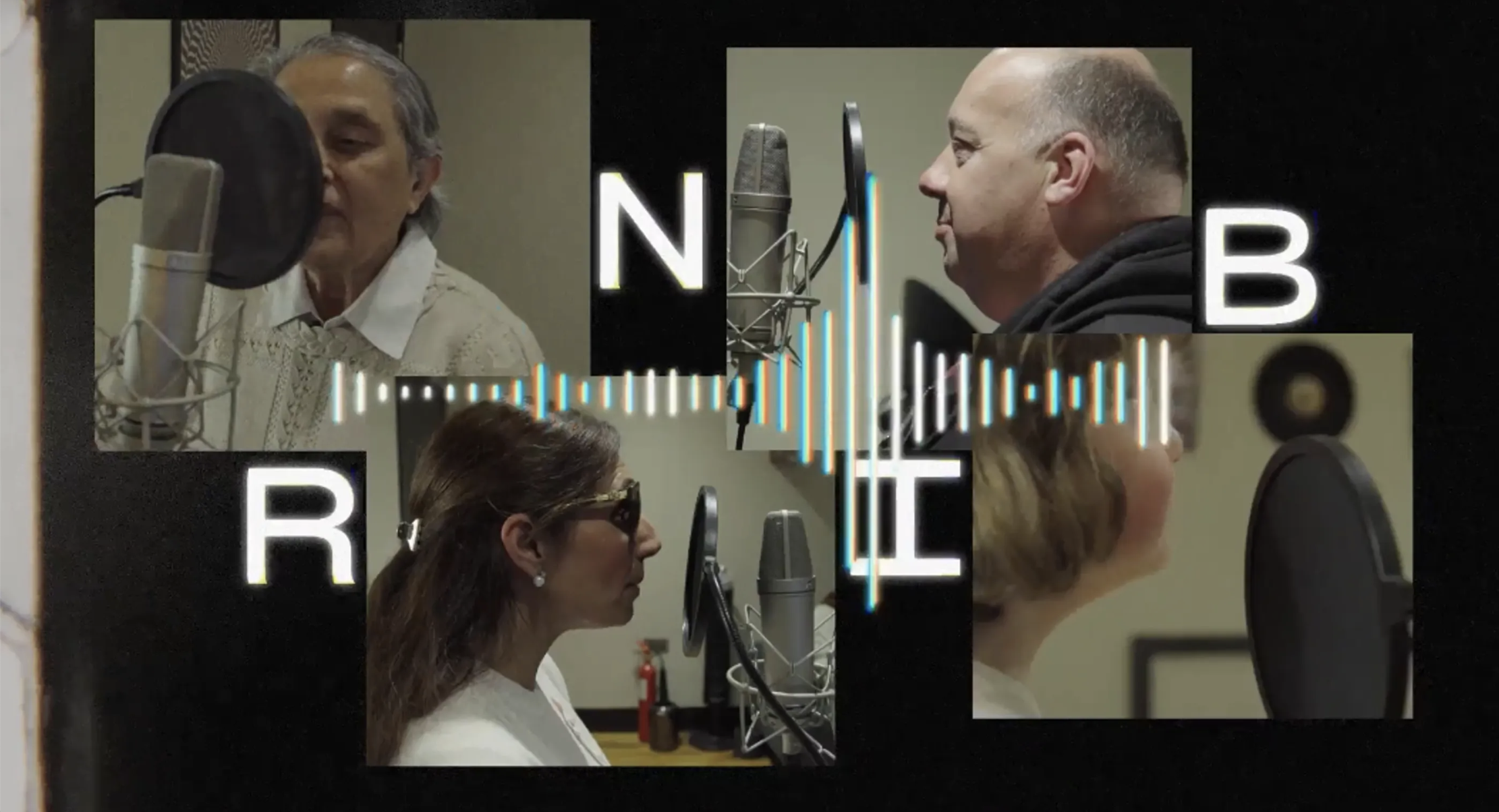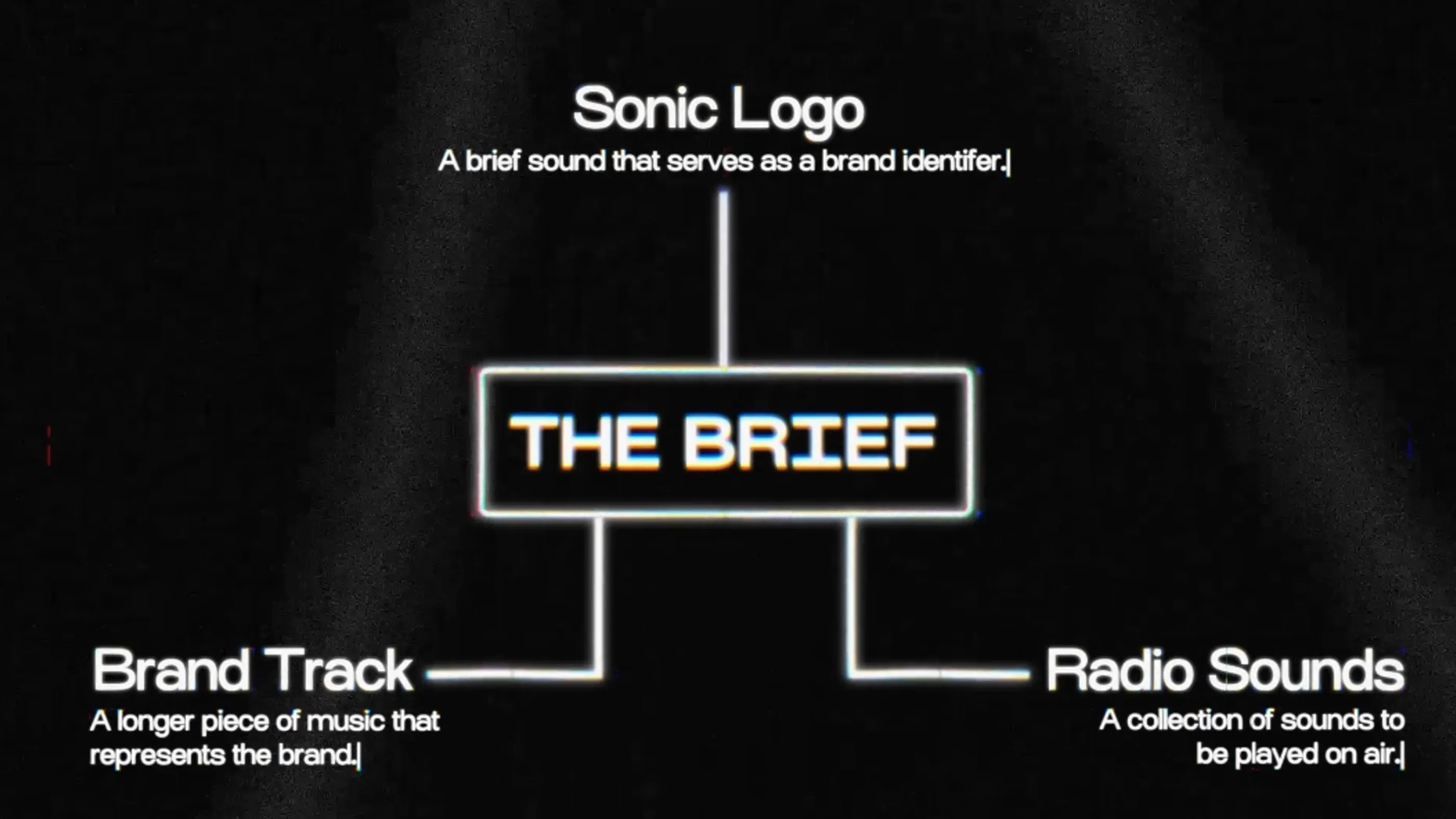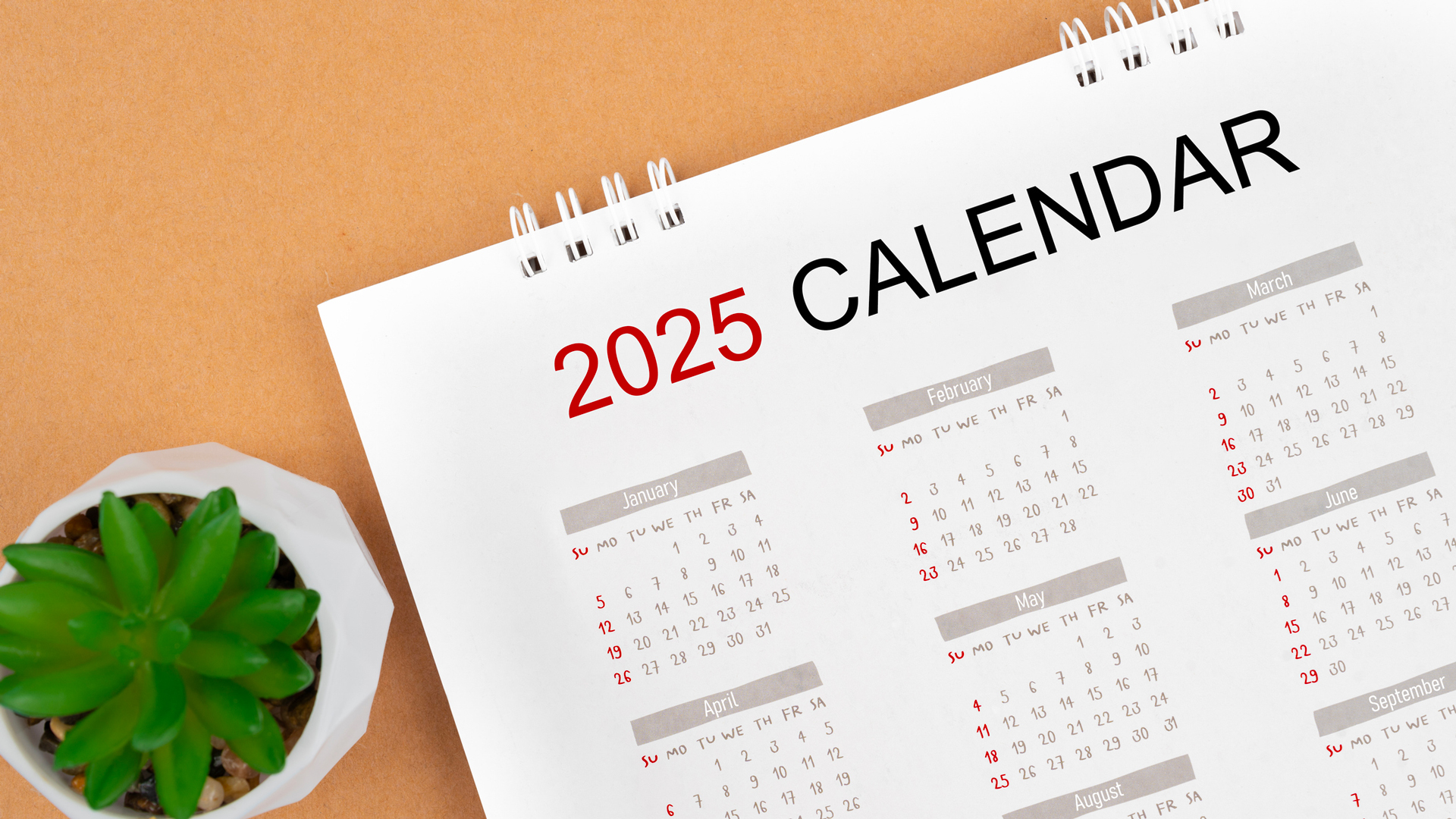"Brands are finding ways to stand out and be heard": How we made RNIB's new sonic branding
The project has changed sound design studio Molecular's approach to thinking and collaborating.

Sonic logos are becoming an increasingly important aspect of overall brand identity, and from the likes of the Netflix 'ta-dum' to the McDonald's whistle (you know the one), plenty of aural logos are as etched onto our consciousness as their visual counterparts.
But perhaps no recent rebrand has embraced sound quite as fully (and justifiably) as the new identity for RNIB, the UK's leading national sight loss charity. Unveiled last year, the new sonic identity was created by London-based music and sound design studio Molecular, and involves a sonic logo, a brand track with the same key notes, and a set of 18 radio jingles, rolled out across RNIB's helpline, videos, advertising and more.
We spoke to Molecular's founder Dave Connolly and Head of Production Jamie Logan about their unique approach to this incredible community-based branding project, and how it has transformed their approach to thinking and collaborating. You can listen to the new logo here, and for more information on sound-based branding, find out why sound is more important than ever in branding.
You created the entire sound for the brand rather than just a sonic logo - what challenges does this present?
We love when a brand is open to a more holistic, flexible approach when it comes to sonic branding. So yes in this case we created a whole suite of assets including a sonic logo, brand track and radio cues. This can vary depending on the brand's needs, their overall identity, audience, touch-points and brand strategy. Of course there can be challenges along the way, especially with something as subjective as music. We've learnt over the years that the best way to avoid any major challenges, is to bring the brand team in from the get go and ensure that we really nail down a creative route that everyone is behind. Challenges usually arise when people join the conversation further down the line and have a difference of opinion, so our aim is to have everyone on the same page before production begins. Another big challenge can be creating a full suite of assets that then get lost in a folder somewhere, or being used incorrectly. We aim to avoid this by ensuring a smooth roll out process, ensuring the wider team have access to the assets, understand why they were created and how best to use them. Thankfully this project ran very smoothly, and we can't thank the RNIB team enough for their willingness to collaborate and champion the creation of their sonic brand.

How important was the community aspect of the identity, and how did you go about involving the blind and partially sighted community in the project?
As we were creating a sonic brand for the Royal National Institute OF Blind People, it was absolutely crucial that the words were spoken and music played by members of this community, giving the music more life, truth and relatability. It was also important to show that sight loss can affect anyone at any age, so working with a diverse group of people of different ages, ethnicities, backgrounds etc. was another important factor. The RNIB were fantastic in helping us find volunteers to record the letters, and welcoming them into our studio and hearing their stories and their feedback of the music was another important moment in creating this sonic brand. Abi Baker the pianist/violinist was thankfully recommended by one of our collaborators, and she just blew us away with her talent, she was a one take wonder. And finally the very talented Hector Mestre mixing and mastering the assets gave us that final seal of approval from the sight loss community.
How will your experience on this project influence your future sonic branding work?
This project has taught us so much, from thinking about how we can ensure our studios are completely accessible for all, to wider thinking around how we can ensure any work we produce will help brands become more accessible to those with sight loss as well as other impairments. How can we ensure inclusivity in the work we do, is something we will be asking ourselves on every project going forward.
Get the Creative Bloq Newsletter
Daily design news, reviews, how-tos and more, as picked by the editors.
Is sound becoming a more important aspect of branding? And if so why?
Absolutely, more and more we're living in a "sound on" world, so naturally brands are finding ways to stand out and be heard. With sales of headphones increasing year on year, people engaging more with audio on social platforms, it's been proven that people respond to audio cues more than they do other brand assets such as characters, packaging, font, logos etc. So it's a powerful tool that is really starting to be recognised in its own right.
What do you think are the main ingredients of an effective sonic logo?
We champion sonic identities having authenticity and a story behind them that for the audience will inevitably create an emotional connection with the brand. To achieve this, it's important to dig deep into the brand story and values as well as their offerings, to identify what their brand sound is or could be. That paired with something memorable that captures attention and that ideally you can sing or repeat back will lead to a strong brand recall and a clear message.

Thank you for reading 5 articles this month* Join now for unlimited access
Enjoy your first month for just £1 / $1 / €1
*Read 5 free articles per month without a subscription

Join now for unlimited access
Try first month for just £1 / $1 / €1

Daniel John is Design Editor at Creative Bloq. He reports on the worlds of design, branding and lifestyle tech, and has covered several industry events including Milan Design Week, OFFF Barcelona and Adobe Max in Los Angeles. He has interviewed leaders and designers at brands including Apple, Microsoft and Adobe. Daniel's debut book of short stories and poems was published in 2018, and his comedy newsletter is a Substack Bestseller.
